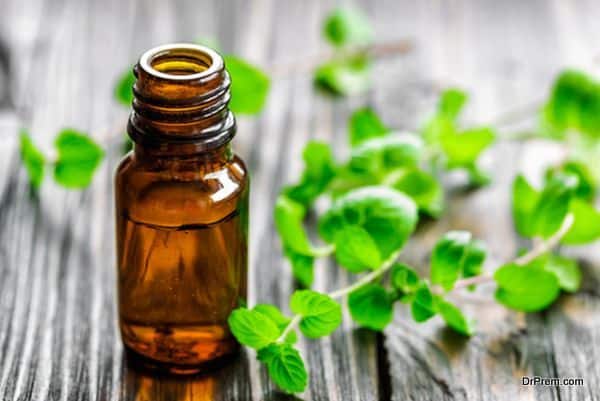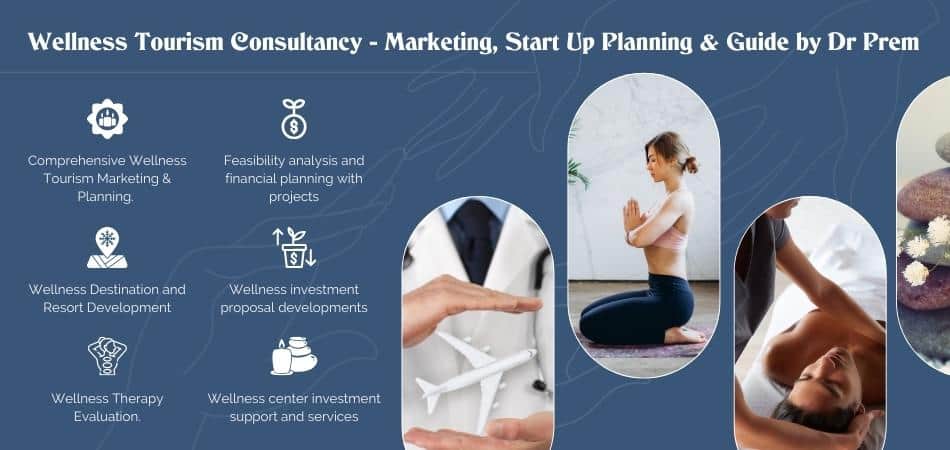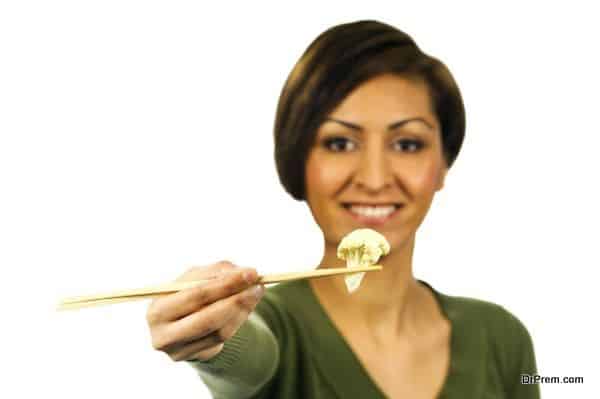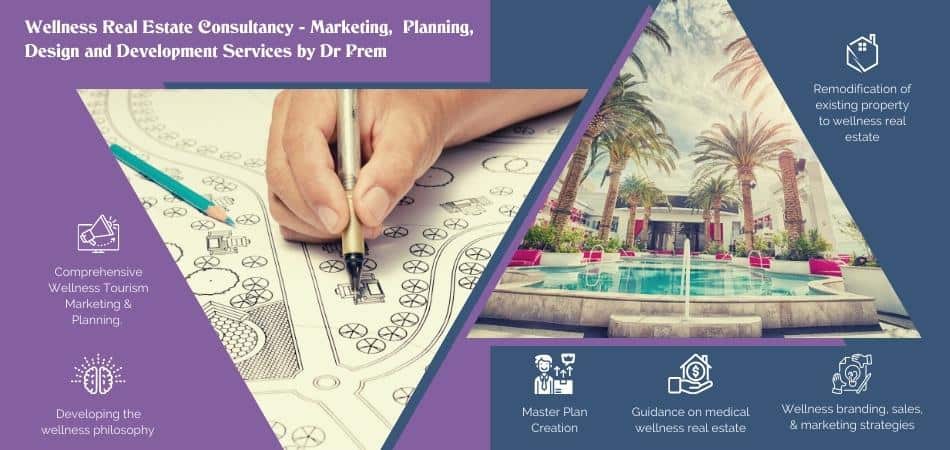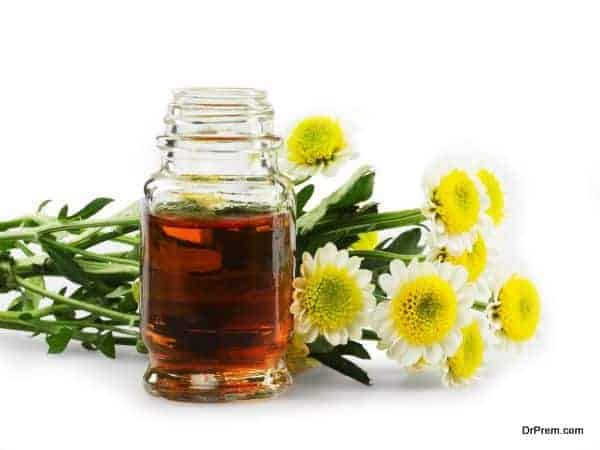Alternative wellness tourism involves people traveling nationally and internationally for healthcare treatments and availing alternative therapies and medicines. Alternative medicine refers to medications used to treat or cure a physical ailment, though not in the domain of conventional medical care. Alternative medicine covers a broad range of healthcare practices, products and therapies.
Major examples of alternative medicine include homeopathy, healing practices, hypnotherapy, osteopathy, naturopathy, chiropractic treatments, and acupuncture. Of late, a new field of wellness tourism has come into the limelight that is referred to as ‘Complementary Alternative Medicine’ or CAM.
CAM Therapies are extensively available in the US. The National Center for Complementary and Alternative Medicine (NCCAM) was set up in 1991 as a branch of NIH to evaluate the safety and efficacy of CAM.
- Millions of US citizens follow CAM to address health issues and general well being which amounts to an annual spend tens of billions of dollars annually.
- They incurred $33.9 billion out-of-pocket expenses on CAM and related products.
- The National Health Review Survey 2007 found 38% adults and 12% of children have sought some or other forms of CAM.
- Non-vitamin and non-mineral products are most commonly sought after CAM therapy in adults. This is followed by deep breathing, exercises, meditation, massage therapy and yoga.
- Musculoskeletal problems like back, neck or joint pain is the most common reason for seeking CAM therapy by American adults.
- NIH, in one of the largest clinical trials in testing the safety and efficacy of acupuncture found this therapy significantly reduced osteoarthritis pain in knees when used to complement conventional therapy. It also helped in reducing nausea and vomiting caused by chemotherapy and tension headaches.
- Studies have revealed spinal manipulation can provide mild to moderate relief from low back pain.
Alternative medical tourism entails traveling for complementary and alternative health treatments and therapies that effectively heal the mind, body, and soul. The term Complementary and Alternative Medicine (CAM) includes practices and treatments based on the assumptions, beliefs and experiences of different cultures, or developments and ideas put forth by individuals. Many people use CAM to maintain good health and prevent physical and mental illnesses. The medical products and practices in CAM are not the part of standard medical care. An increasing number of people are using complementary and alternative medicine to improve their health conditions.
Complementary medicine refers to the use of alternative medicine together with conventional medical treatment, or in addition to the conventional medicine. In simple terms, complementary medicine complements the treatment.
Alternative medicine refers to unconventional approach of improving one’s health and treating physical ailments instead of conventional medicine. The terms used to describe the practice of alternative medicines in different cultures are traditional medicines, holistic medicines, and oriental medicines.
Integrated medicine is the combination of complementary and alternative medicine with conventional medicine.
Complementary and alternative medicine is an extensive field of healing resources that include all health systems and practices, and the theories and beliefs that accompany the same. In the recent years, more and more people have started to realize the importance and potential of complementary and alternative medicine. The demand for alternative medicine and therapies to achieve optimal health has grown significantly. Many people who travel for wellness experiences are seeking ancient healing systems, which mainly include Ayurveda from India, and traditional Chinese medicine.
Many treatments are alternative in one location and conventional in another. The traditional medicine practices include Ayurveda, acupuncture, Siddha medicine, Unani, ancient Iranian medicine, Islamic medicine, traditional Vietnamese medicine, traditional Chinese medicine, traditional Korean medicine, traditional African medicine and many other healing practices from different cultures.
According to US National Center for Complementary and Alternative Medicine (NCCAM) of the National Institutes of Health (NIH), alternative medicine is “a group of diverse medical and health care systems, practices and products that are not generally considered the part of conventional medicine.” The regulation and licensing of alternative medicines varies between countries and states.
Some of the major alternative medicine systems include the whole medical systems, mind-body medicine, biologically inspired practices, body-based practices, and energy medicine.
-
Whole medical systems
Whole medical systems integrate complete systems of theory, diagnosis and practice. A majority of such Whole Medical Systems are the traditional medicine systems practiced by different cultures across the world. The most popular Eastern Whole medical systems are the Traditional Chinese Medicine (TCM) and Ayurvedic medicine, which originated in India more than 3,000 years ago and is a widely accepted traditional health care system. Major Whole Medical Systems from the West include homeopathy and naturopathy, which focus on the body’s natural healing abilities. Many other unconventional practices of natural healing have origins in different parts of the world.
-
Mind-body medicine
The Mind-body medicine covers a wide range of techniques that can improve the capacity of the human mind to affect bodily function and symptoms. Mind-body techniques focus on improving the communication between a person’s mind and body. The system uses behavioral, psychological, social and spiritual methods to improve one’s health or treat different diseases.
Some of the common methods of mind-body medicine include meditation, art therapy, guided imagery, hypnotherapy, biofeedback, music therapy, and yoga. Many mind-body therapists believe that it is important for your mind and body to stay in harmony if you want to enhance your wellbeing. Mind-body techniques are in wide use nowadays to treat anxiety disorders, chronic pain, stress, depression, headaches, insomnia, asthma and many other disorders.
-
Biologically Based Therapies
Biologically based therapies involve the use of natural products for treating various physical ailments. The major examples include diet therapy, herbal medicine, orthomolecular medicine, Chinese food therapy, fasting, urine therapy, and Chelation therapy. Common herbal remedies include garlic, chamomile, peppermint, ginseng, valerian, and ginkgo.
-
Manipulative and Body-Based Therapies
Manipulative and body-based therapies are all about manipulating different parts of the human body. These rely on the principal of treating health conditions through body manipulation, touch, or movement. The examples of manipulative and body-based methods include acupressure, chiropractic, massage, shiatsu, reflexology, myofascial release, naprapathy, and postural reeducation.
-
Energy Medicine
Many CAM practitioners believe that there are energy fields in our bodies, and people get sick when there is any kind of disturbance with the flow of these invisible energy forces. In order to stay healthy, these energy forces need to flow freely. The energy therapies aim to restore the energy forces in and around our bodies. Examples include qi gong, therapeutic touch, Japanese reiki, yoga, and magnet therapy.
In conventional medicine, good health refers to the absence of diseases and disorders and the treatment generally involves surgeries and the use of drugs. On the other hand, alternative medicine takes a holistic approach to health and focuses on the balance of physical, emotional, and spiritual systems. The treatment in case of alternative medicine focuses on restoring a balance between these systems. With the passage of time, more and more people from the western countries are traveling distances to seek alternative medicine therapies and treatments.
Most of the people seeking alterative wellness treatments are those who suffer from depression, anxiety, musculoskeletal problems, sleeping disorders, headaches and increased cholesterol levels. Many people who are suffering from critical illnesses also opt for alternative therapies in order to stay at ease.




